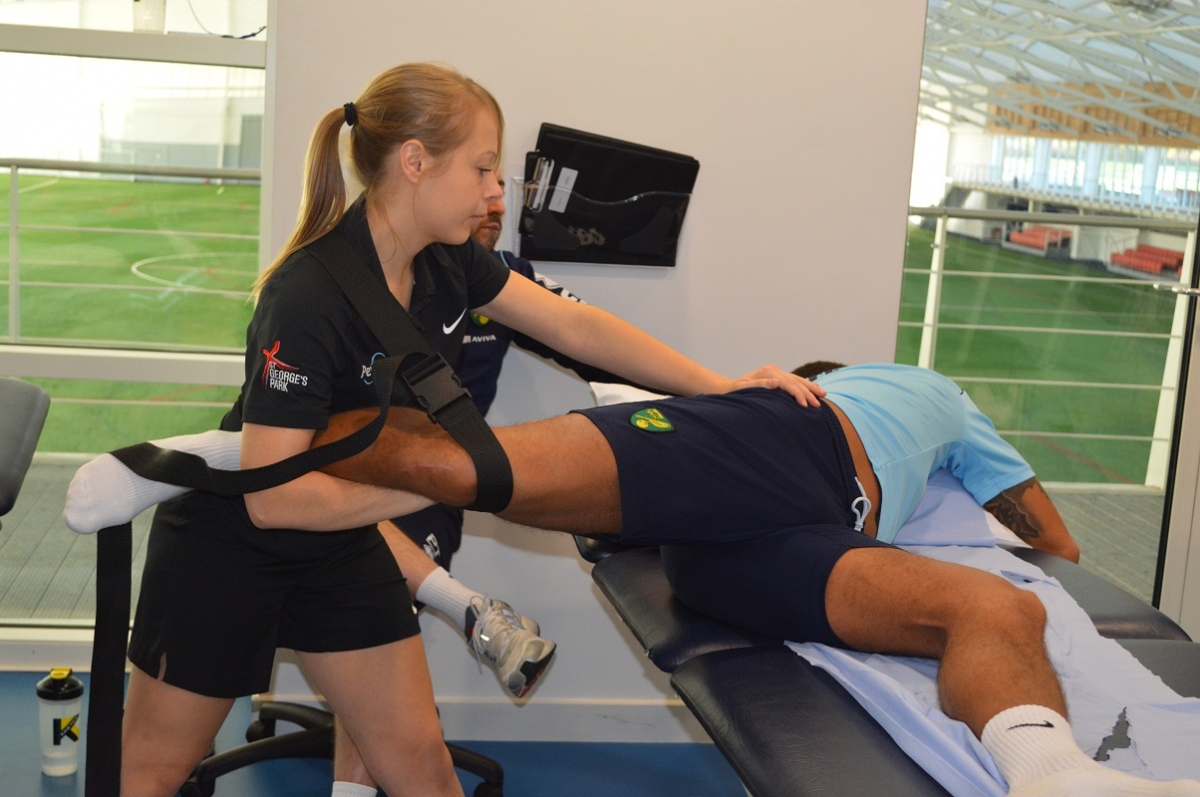Progressive mobilisation refers to the gradual increase in the joint range of motion/movement. After an injury, and the application of RICER (Rest, Ice, Compression, Elevation, Referral), including the medical check or even surgery if required, joints become stiff as muscles around the joint tighten because they were not used for an extended period of time.
Progressive mobilisation is required because of this tightening of the muscles and stiffening of the joint. Progressive mobilisation, slowly stretches the muscles allowing for a gradual increase in the range of motion at the joint. The gradual progression also helps increase the movement in the ligaments around the joint.
Progressive mobilisation should begin as early as possible, in order to help prevent scare tissue and to reduce the recovery time. The increase in joint range of motion should be as pain free as possible and involves both passive and active movement. Usually passive movement is first, especially if the injury is to a muscle across the joint.
Progressive mobilisation utilises dynamic, static and PNF stretching, but NOT ballistic stretching as this can cause further damage. Often the stretching begins with static stretching before PNF stretches are used (the added contraction during rehabilitation requires greater healing of the muscle). Dynamic stretching is often used throughout rehabilitation with slow passive movements at the beginning and active and faster (not fast) movements at the end. However, it should be noted that the progression and use of stretching for mobilisation is individualised for each case and the specific injury acquired.

